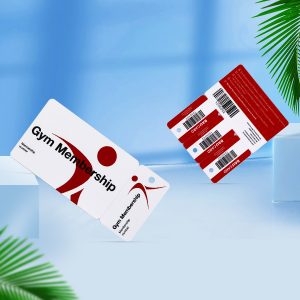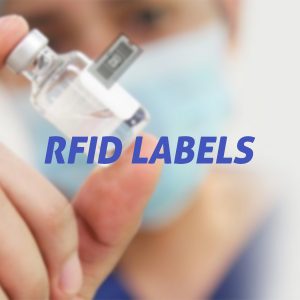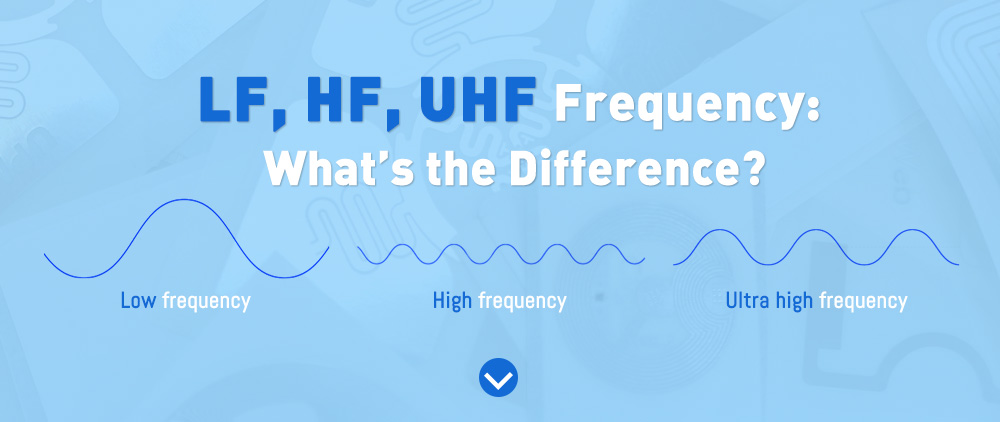
When people are at the point of selecting an RFID tag, one crucial decision they fail to put into consideration is the tag’s frequency. It is necessary to note that the RFID system’s frequency range has a tremendous effect on several performance indicators, like the interference susceptibility and the read range.
Therefore, it is vital to ensure you opt for the ideal frequency that would fit your business or personal needs.
Low-Frequency RFID System
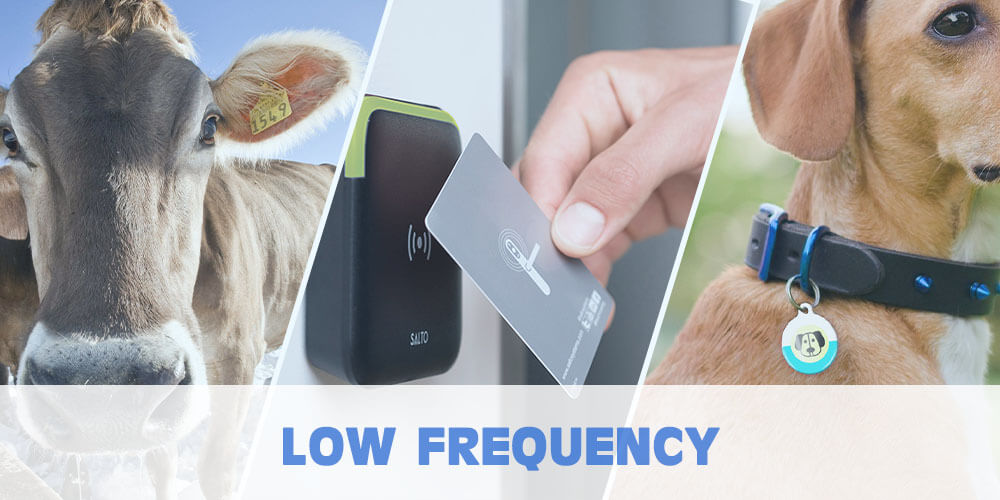
The Low-Frequency system operates at frequencies between 30 kHz-300 kHz. Usually, most LF systems function at 125 kHz, and some function at 134 kHz. The Low-Frequency system churns out a short-read-range of 10cm, and its read speed is lower than higher frequencies. Besides, it is not that responsive to radio wave interference.
The Low Frequency functions primarily via inductive coupling. The transformer coupling exists between the RFID tag coil and the reader coil. The reader’s alternating field also produces a voltage in the antenna that serves as a power supply voltage.
The Low-frequency system’s magnetic field region can be appropriately defined; however, the field strength is not properly sustainable.
Features
- The Low-frequency system’s working frequency is conventionally between 120- 134 kHz.
- This system can move across any object irrespective of the material, and the reading distance will not reduce.
- There are no specific licensing impediments for readers that operate at low frequencies.
- Products with low-frequency systems have various forms of packaging. Usually, they have a service life of above ten years.
- This system produces a uniform reading with the reading distance being less than one meter, and this is not affected by the rapid decrease of the magnetic field’s frequency.
Benefits
- LF is used globally, devoid of frequency differences.
- LF tags function well when they are close to metals and liquids.
- It works fine for animal tracking.
Shortcomings
- The data transmission speed of the Low-frequency system is slow compared to other frequency systems.
- It is more expensive compared to other frequency bands.
- Absence of multiple reading
High-frequency RFID Systems

The High-Frequency system operates at frequencies between 3-30 MHz. A good number of the high-frequency RFID systems function at 13.56 MHz, and the read ranges are between 10cm-1m. When it comes to interference, high-frequency bands undergo moderate sensitivity.
The High-Frequency system transforms the reader antenna’s voltage by toggling off and on the card reader’s load resistance. And it induces the amplitude modulation on the antenna voltage alongside the long-distance card reader.
It is interesting to note that high-frequency bands can function in humid conditions. High-frequency bands come in handy for payment, data transfer apps, and ticketing. There are currently several high-frequency bands standards like the ISO/IEC 14443 and ISO/IEC 14443 A used in smart cards with the MIFARE technology.
Also, the HF band is used in the ISO-15693 standard to track items. There are several other standards that are employed in electric money cards and other uses.
Features
- The working frequency of the High-Frequency band is 13.56 MHz; the wavelength is 22m
- The high-frequency band’s wavelength cannot pass through metal materials, but it can move through several other materials, with a reduction in the reading distance.
- The High-Frequency band does not have distinct limitations globally.
- The sensors in the High-frequency band are electronic tags.
- The high-frequency band’s magnetic field region produces a relative uniform reading and writing region, even though it decreases swiftly.
- It shares similar characteristics with the anti-collision system, and it can interpret several electronic tags at one instant.
- The data information can be transcribed into the RFID tag.
- The high-frequency band’s data transmission rate occurs speedily than the low-frequency band, and it is not expensive.
- The high-frequency bands meet the international standards like ISO/IEC 14443 for MIFARE technology used for proximity and smart cards. And the ISO-15693 standard to track products.
Benefits
- HF has a wide variety of uses.
- HF tags do not need a battery or a power source.
- A single reader can read a couple of tags at the same time.
- It is relatively affordable.
Shortcomings
- The read range is shorter than microwave and UHF
- When compared to UHF, it cannot read many tags.
Ultra-high Frequency RFID System
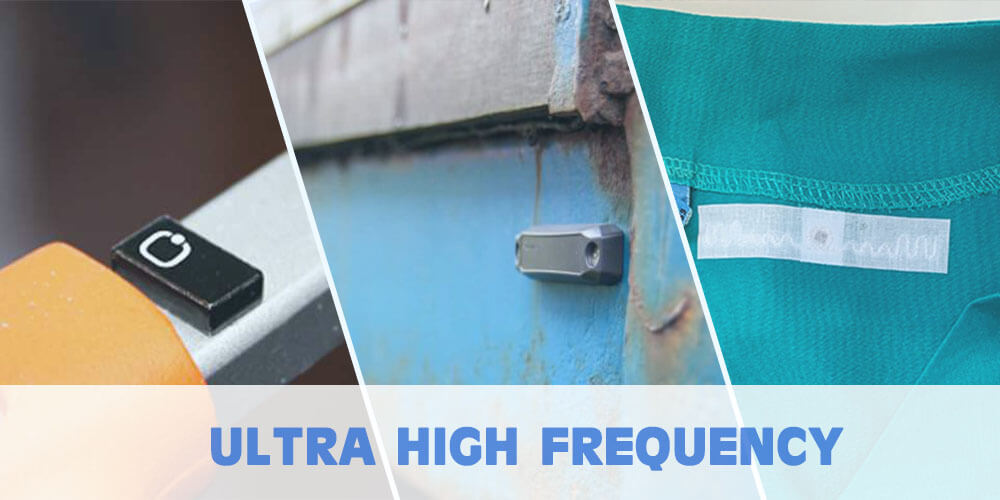
The Ultra-High Frequency system operates at frequencies between 300 MHz- 3 GHz. The RAIN RFID tag systems are in compliance with the UHF-GEN2 standard using the 860-960 MHz. Even though there is a variance in frequency across regions, the RAIN RFID systems in many countries function between 900-915 MHz.
The Passive UHF systems’ read range has a maximum length of 12m, and the UHF FRID tag has a quicker data transfer speed than HF or LF.
When it comes to interference, the UHF band is the most sensitive. Although, several UHF product designers have come up with innovative ways to design antennas, tags, and readers that ensure performance is high even in unfavorable climes. For Passive UHF tags, they are more affordable and easier to create than HF and LF tags.
Typically, UHF RFID tags are found in humongous warehouses and manufacturing sites where efficiency and speed are the most needed factors. You will also find RFID systems in parking access control and electronic toll collection where their possession of longer-range makes them quintessential.
Features
- UHF has several designations all over the world. The EU is 865- 868 MHz; the U.S. is 902-928 MHz, India is 865-867 MHz, Australia is 920-926 MHz while Japan is 952-954 MHz. And the wavelength of this frequency band is around 30cm.
- The present UHF power output value is 4watts in the United States and 500mW in Europe.
- Typically, the UHF radio waves cannot cut across several materials, particularly suspended particles like fog, dust, metals, and water. In comparison with HF electronic tags, UHF tags do not need to be dissociated from the metal.
- The antennas are usually tags and long strips. The antenna is structured with circular polarization and linear polarity that meets the demands of various applications.
- The reading distance of Ultra-High frequency bands is relatively good, but it is challenging to define the reading area.
- The data transfer rate is high, and it can read several RFID tags within a short period.
- Unlike the LF and HF tags, the UHF RFID tag is regulated singularly by a global standard referred to as ISO 18000-63
Benefits
- UHF tags are generally inexpensive than LF and HF
- Due to their fast read speed, UHF tags can quickly identify objects.
- UHF tags have a good range
Shortcomings
- There is a possibility of increased RF transmission complications.
- The difference between the three frequency bands
Having read through the three common types of frequencies that an RFID system can use, it is imperative to mention that you should choose the ideal frequency for your needs. For instance, low-frequency tags come with a lengthy wavelength, and they can easily pass through slim metallic substances.
Also, LF systems are perfect for reading items or objects that come with high-water content. A good example is beverages or fruits. The downside to this is, the read range is only restricted to inches or centimeters. You will most likely find LF applications in animal tagging and access control.
For High-frequency tags they work quite well on metallic objects and objects that have medium-high water content. Generally, HF RFID systems operate in a range of inches, but it can extend to three feet.
The use of HF RFID can be found in traveling tickets, patient flow tracking, and library books’ tracking. When it comes to range, UHF frequencies offer more than LF and HF, depending on the setup of the RFID system. Also, the UHF frequencies transfer data speedily than LF and HF.
The downside ism UHF radio waves come with a shorter wavelength, which indicates the possibility of a weak signal that is unable to pass through water and metal.
UHF tags are ideal for several products/items en masse, like boxes of items when checked into a warehouse or athletes as they race towards the finished line. Due to the long read range, which is more than LF and HF, UHF RFID tags are used in parking access control and electronic toll collection.
How to choose the frequency band that suits you
Radio frequency Identification has enabled brands all over the world to step up their manufacturing methods and operations. It has also helped them properly control their supply chains, enhance their operations, and effectively monitor their products with an almost-perfect rate of efficiency.
Interestingly, radio frequency identification is fast becoming conventional, and brands’ owners can scale their business operations, reduce their costs, and maximize profits unendingly. With this statement, it suggests that harnessing the merits of RFID implies making the right choice.
If you are the owner of a business or head of an operations team, it is vital for you to thoroughly think through and research the type of frequency that would be perfect for your operations. It is going to be a detailed process since there are several frequencies that RFID technology uses.
When you understand the available frequencies and what you stand to gain, you have made the basic step towards the right decision.
This guide has shown that LF, HF, and UHF have their peculiarities, pros, and cons, and it is crucial for you to thoroughly weigh your chances.

